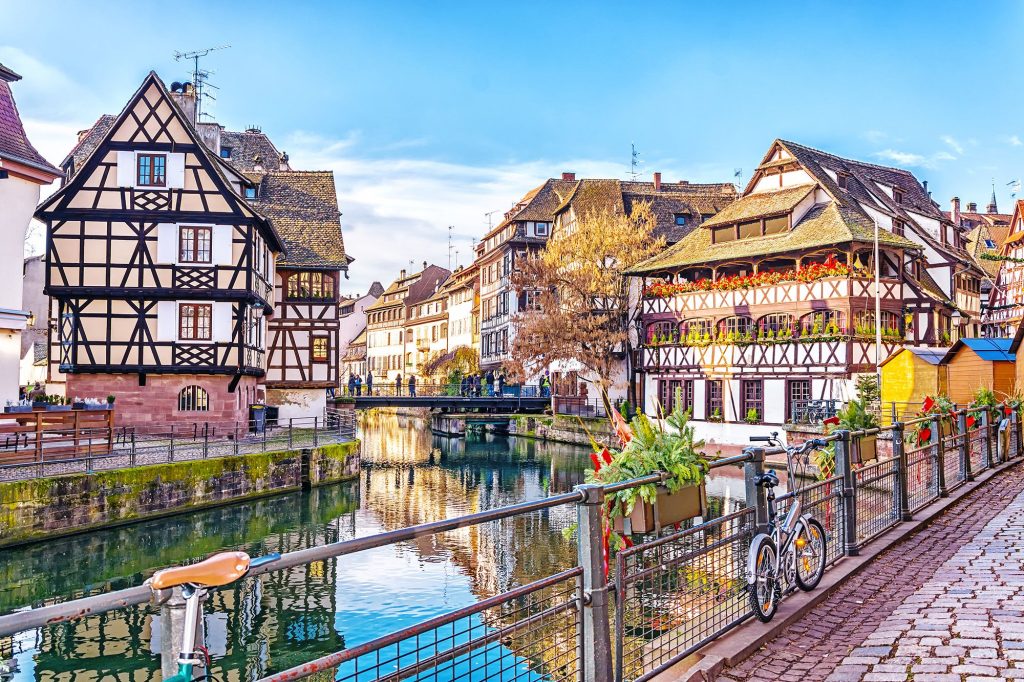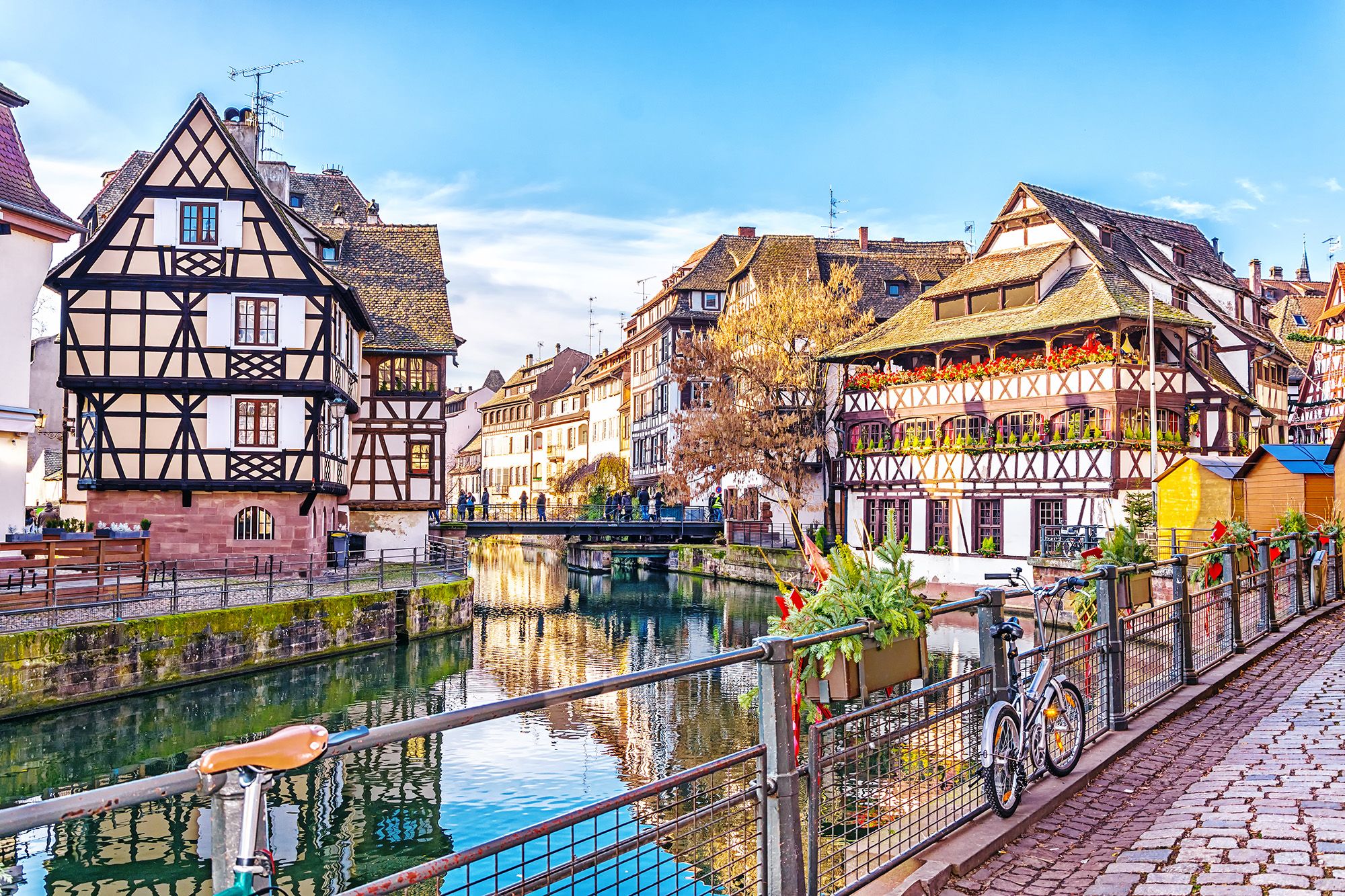
Top Destinations to Explore in Celebration of the 150th Anniversary of Impressionism

# Top Destinations to Explore in Celebration of the 150th Anniversary of Impressionism
As the world marks the 150th anniversary of the birth of one of the most innovative and influential movements in art history—Impressionism—there has never been a better time to embark on a journey to explore the landscapes, towns, and museums that inspired and now preserve the legacy of this artistic revolution. From the banks of the Seine River to the picturesque villages of coastal France, Impressionism continues to be a magnet for art lovers, history buffs, and curious travelers alike. Here’s your guide to the top destinations where you can immerse yourself in the world of Impressionism.
—
## 1. **Paris, France: The Heartland of Impressionism**
It’s no surprise that Paris, the cradle of Impressionism, tops the list of destinations to explore. During the 19th century, the city was the epicenter of artistic change, where young painters such as Claude Monet, Édouard Manet, Edgar Degas, Pierre-Auguste Renoir, and Camille Pissarro broke away from classical traditions and began experimenting with brushwork, color, and light, creating spontaneous, vividly colored scenes of urban and rural life.
**Must-visit locations in Paris:**
– **Musée d’Orsay**: Housed in a former railway station, this magnificent museum contains the most extensive collection of Impressionist masterpieces in the world. Works like Monet’s *Gare Saint-Lazare*, Manet’s *Olympia*, and Degas’ *Dancers in the Rehearsal Room* are on display here.
– **Musée de l’Orangerie**: Located in the Tuileries Gardens, the Orangerie is home to Monet’s famous *Water Lilies* series. These massive murals, presented in two oval rooms designed by Monet himself, provide an awe-inspiring glimpse into his obsession with the effects of changing light.
– **Montmartre**: The vibrant district of Montmartre served as a meeting ground for artists and thinkers in the 19th century. A walk here still gives you a sense of the avant-garde atmosphere that shaped Impressionist art. Visit the Musée de Montmartre to learn more about the artists who lived and worked in the neighborhood.
—
## 2. **Giverny: Claude Monet’s Idyllic Home and Gardens**
No Impressionist pilgrimage would be complete without a visit to Giverny, where Monet settled in 1883. Here, the artist transformed his home and surrounding gardens into one of the most recognizable scenes in his paintings, creating the monumental *Water Lilies* series and other works depicting the picturesque scenery of his Japanese garden and the famous lily pond.
**What to see in Giverny:**
– **Monet’s House and Gardens**: The beautifully preserved home of the artist is a time capsule of inspiration. Take a leisurely stroll through the lushly planted flower beds, the Japanese-inspired bridge, and the pond all immortalized in his paintings. The house is filled with Monet’s personal belongings, including collections of Japanese prints.
– **Musée des Impressionnismes Giverny**: A short distance from Monet’s house, this museum is dedicated to the history of the Impressionist movement and its legacy. Exhibitions here delve into lesser-known Impressionist artists and movements as well as figures influenced by Impressionism.
—
## 3. **Normandy Coast: The Landscapes that Drew the Masters Outdoors**
The soft light and picturesque coastlines of Normandy were thoroughly explored by several major Impressionist artists, notably Claude Monet and Eugène Boudin. The region’s beauty, particularly in locations like Le Havre, Étretat, and Honfleur, features prominently in many iconic paintings.
**Top spots in Normandy:**
– **Le Havre**: As the birthplace of Claude Monet and the site where he painted *Impression, Sunrise*—the work that gave the movement its name—Le Havre played a critical role in the foundation of Impressionism. The **Musée d’Art Moderne André Malraux (MuMa)** features a large collection of works by both Boudin and Monet. The museum sits near the water, offering stunning views of the scenery that shaped Monet’s approach to light and atmosphere.
– **Étretat**: Famous for its chalk cliffs and natural arches, Étretat offers a dramatic backdrop that inspired Monet’s paintings of the coastal scenery. The town has become a must-see destination for Impressionism enthusiasts seeking to experience the same light and natural beauty that Monet captured.
– **Honfleur**: This charming port village, dotted with quaint houses and fishing boats, was a favorite of Eugène Boudin, one of the earliest painters to work “en plein air,” and his work had a considerable influence on Monet. The **Musée Eugène Boudin** also houses collections of